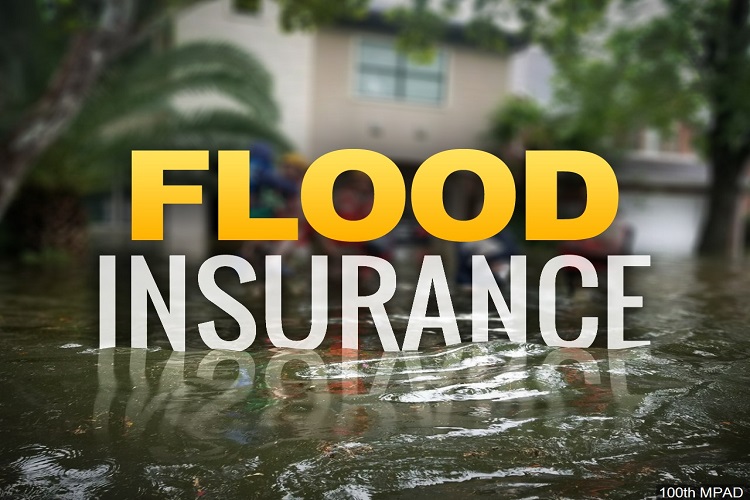Properties in high-risk flood areas or flood zones will typically have higher premiums due to the increased risk of flooding. On average, flood insurance policies through the National Flood Insurance Program (NFIP) can range from a few hundred to a few thousand dollars annually.
Table of Contents
About Flood Insurance
The cost of flood insurance varies significantly depending on several key factors, including the property’s location, flood risk associated with that area (as determined by FEMA flood maps), the age and construction of the building, the type and amount of coverage selected, and the deductible chosen.
Flood Insurance Figures
Flood insurance figures can vary widely based on location, property value, and level of risk. As of the latest data, the average annual premium for flood insurance policies through the National Flood Insurance Program (NFIP) in the United States is around $700, but this number can fluctuate significantly.
High-risk areas may see premiums well over $1,000 annually, while lower-risk areas might enjoy rates as low as a few hundred dollars per year. The NFIP sets maximum coverage limits at $250,000 for residential properties and $500,000 for commercial properties for structural damage. Contents coverage is up to $100,000 for homeowners and renters and $500,000 for businesses.
How is the rate of Flood Insurance Evaluated?
The flood insurance rate is evaluated based on a combination of factors that assess the risk of flooding to a specific property. These factors include:
- Flood Zone Designation: The Federal Emergency Management Agency (FEMA) maps areas based on the flood risk level, ranging from high-risk zones. Properties in high-risk zones typically have higher premiums.
- Elevation of the Property: The elevation of your home, based on the Base Flood Elevation (BFE), plays a critical role. Properties built above or at the BFE tend to have lower premiums than those below.
- Building Occupancy and Type: Whether your property is residential or commercial, along with the building’s structure, affects rates.
- Coverage Options Selected: The amount of coverage you choose for the building and contents and your deductible amount will influence your premium.
- Foundation Type and Floodproofing Measures: Certain foundation types or retrofitting measures can reduce risk, potentially lowering costs.
- Previous Claims History: Similar to other types of insurance, if your property has had flood claims, this might impact future rates.
- Policy Type: Rates may differ depending on whether you’re insured through the National Flood Insurance Program (NFIP) or a private insurer. Private policies might offer different coverage limits and conditions.
- Government Policy Changes and Updates: Legislative reforms and updates in FEMA’s methodology—like FEMA’s Risk Rating 2.0 initiative aimed at making prices reflect an individual property’s risk more accurately—can also affect rates.
Rate evaluations are comprehensive processes aiming to make premiums proportional to the risk while ensuring coverage remains available and affordable where necessary.
Which factors affect the cost of flood insurance?
The cost of flood insurance is primarily affected by factors such as the property’s flood zone designation, its elevation relative to the Base Flood Elevation (BFE), the building occupancy and type, chosen coverage options, foundation type, and floodproofing measures, previous claims history, the policy type, and government policy changes.
Conclusion
In conclusion, the cost of flood insurance is influenced by various factors such as location, flood risk, coverage limits, and property value. Mitigating these factors can help reduce insurance premiums. Implementing flood prevention measures, investing in infrastructure improvements, and promoting community resilience are essential to minimize risks and lower insurance costs.
Raising awareness about flood insurance options and government assistance programs can also empower individuals to make informed decisions and protect their properties effectively. By addressing these factors strategically, communities can work towards making flood insurance more affordable and accessible for all residents in high-risk areas.




















